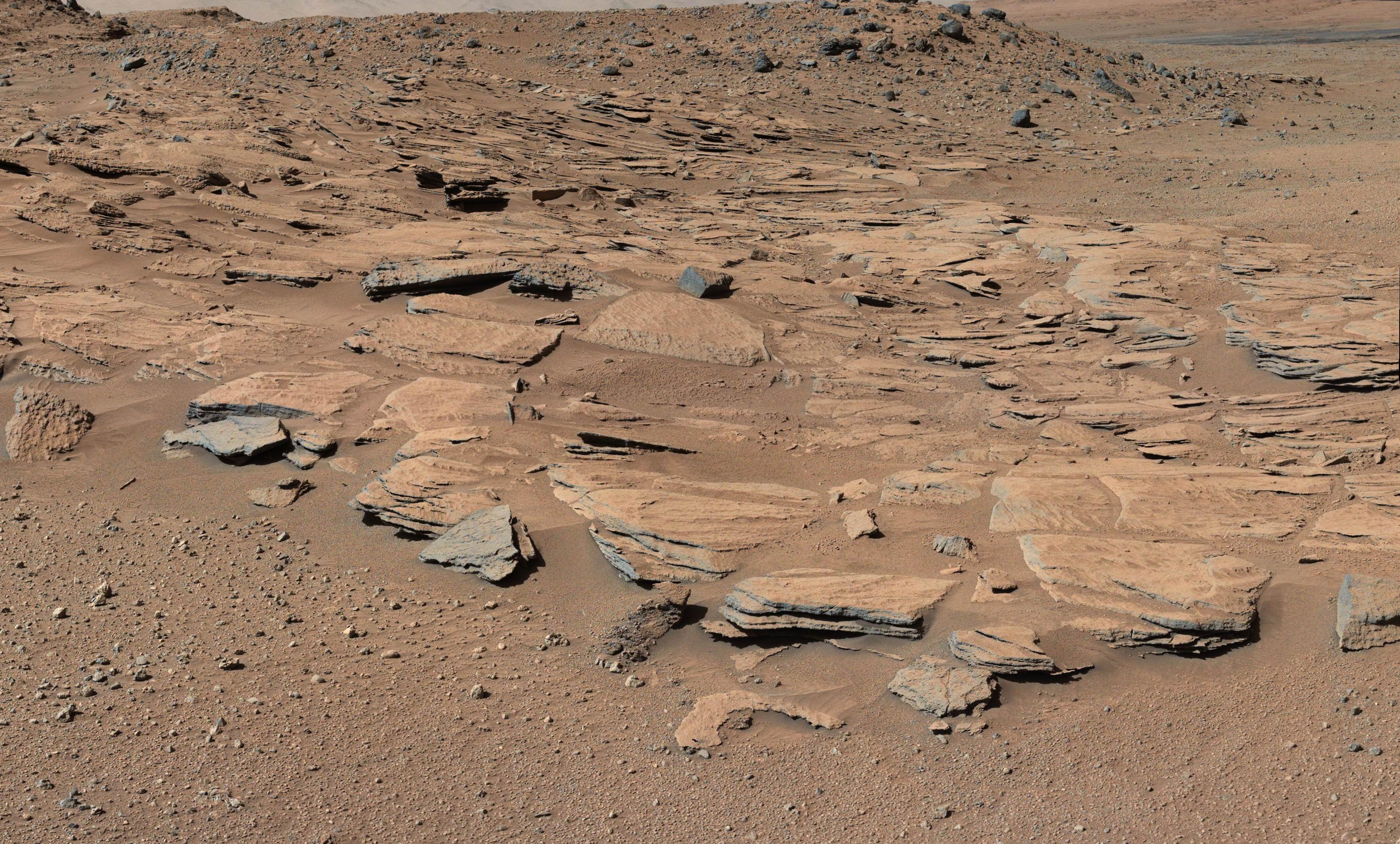Billions of years ago, a lake once filled the 96-mile- (154-km) wide crater being explored by NASA's Mars rover Curiosity, bolstering evidence that the planet most like Earth in the solar system was suitable for microbial life, scientists said on Monday.
The new findings combine more than two years of data collected by the rover since its sky-crane landing inside Gale Crater in August 2012.
Scientists discovered stacks of rocks containing water-deposited sediments inclined toward the crater's center, which now sports a 3-mile (5-km) mound called Mount Sharp. That would mean that Mount Sharp didn't exist during a period of time roughly 3.5 billion years ago when the crater was filled with water, Curiosity researchers told reporters during a conference call.

















With your current subscription plan you can comment on stories. However, before writing your first comment, please create a display name in the Profile section of your subscriber account page.